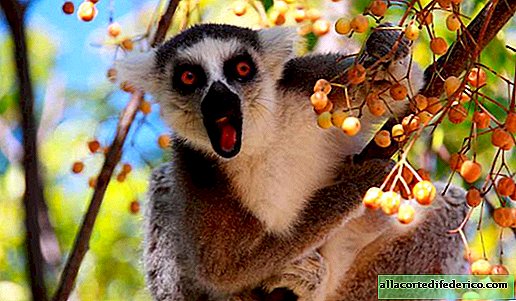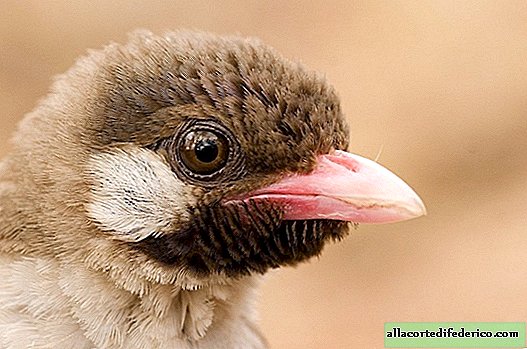"Proper" nutrition led to the mental development of primates
Among all the diversity of the animal world, representatives of the primacy squad are considered closest to humans in terms of development. Therefore, scientists pay such close attention to the study of these animals, analyze their mental abilities, physiology, and study patterns of behavior in the monkey community. Some interesting facts from the life of primates, according to researchers, are able to shed light on dark spots in the history of human evolution.
Primates are a detachment of mammals that includes about 200 species. They vary greatly in size, appearance and lifestyle. Among them, there are species that are far from similar to humans, which are distinguished by the lower primates in the suborder. This is, for example, Lori, Lemur, Potto or Indri. The second group of this detachment consists of representatives of higher primates, closer to us in external and intellectual parameters. These are the well-known monkeys, chimpanzees, macaques and many others. Well, you and I also belong to the higher primates and are allocated, according to the accepted classification, to the family of people.
Anthropologists and biologists from different countries study the size of the brain of primates in relation to their lifestyle. Some adhere to the point of view that the increase in the size of the brain of some primates compared with their relatives is due to their socialization. That is, animals that live mainly in a group of their own kind with complex relationships and different behaviors are forced to spend more intellectual effort, thereby provoking an increase in the brain. But recent studies by American scientists have shown that the difference in brain size is related to the type of diet of primates. Representatives of this detachment eat not only fruits. Their diet contains leaves, gum trees, fruits and seeds of plants, insects and even more complex animal foods. Yes, it turns out there are predatory primates that eat beetles, caterpillars, mollusks, crustaceans, bird eggs and snakes. There are even monkeys that eat their closest relatives.

The study of American scientists was attended by representatives of 140 species of primates. They were divided into groups according to the type of food: primates that eat only leaves, those that eat leaves, fruits and fruits, and those whose diet contains animal products. We also took into account social factors and characteristics of animal behavior in the group. In the course of the research, it was revealed that the brain size in monkeys is associated with their type of nutrition, and not with the complexity of the social organization of their community. It turned out that the size of the brain in species that feed only on plant leaves is 25% smaller than that of representatives of other groups. But between the monkeys eating fruits and leaves, and monkeys that add animal food to their diet, no significant differences were found. Scientists see this for several reasons. First, finding and extracting nuts and fruits requires a bit more mental effort than absorbing leaves. And the extraction of animals as a food is an even more difficult task. Secondly, by themselves, these products contain incomparably more proteins and vitamins necessary for brain development, as well as for full functioning.
Thus, scientists believe that monkeys who managed to diversify their diet, in evolutionary terms, were significantly ahead of their relatives, who preferred not to bother looking for gastronomic delights.


















